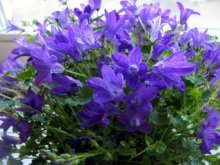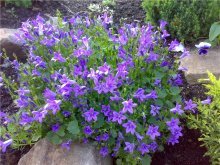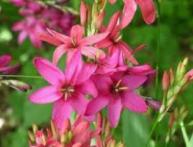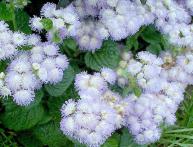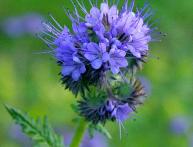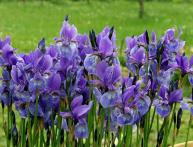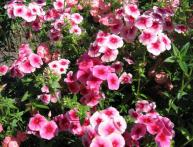Humble Knotweed - Alpine Bluebell
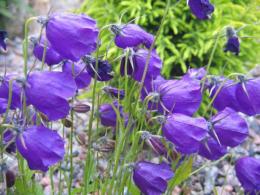
Various types of bells are widespread throughout almost all of Europe and Russia. Due to their unpretentiousness, all gardeners love them. A worthy, but still modest place among all kinds of bells is occupied by the Alpine bell.
Content:
Description of the species
perennial herbaceous plant. The rhizome produces several stems that form a compact rosette-shaped bush. The height of the stems is 5 - 10 cm. At the top, single or paired flowers are formed in the shape of a drooping bell, up to three centimeters in length. Most often blue or dark blue flowers. The green, hairy sepals are elongated in long stripes along the entire bell, giving the color a striped, blue-green appearance. Peak flowering occurs in June-July.
It grows under natural conditions in the European Alps, Carpathian region, Transnistria, and Balkan countries. It first came to garden culture from the Australian Alps at the end of the eighteenth century.
Cultivating Alpine bellflower in the garden

Low-growing alpine bell bushes are grown by gardeners as ground cover plants. But most of all they are suitable for landing:
- in the alpine slides
- retaining walls
- decorative compositions with stones
- in combination with colored crushed stone
To get beautiful and long-flowering alpine bell bushes, you must follow simple rules:
- good sunlight
- protection against waterlogging
- slightly alkaline soil environment
Preparing the soil before planting involves adding peat, humus, sand, and lime - fluff. In its natural environment it grows on calcareous rocky soils, so soil deoxidation is a prerequisite. Propagated both by seeds and vegetatively (cuttings, dividing the bush).
For landing small seeds mixed with sand and distributed evenly over the surface. During autumn planting, in mid-October, they are covered with a layer of sand; during spring planting, in April - May, they are not covered with soil. When planting in spring, the first shoots appear after ten days. When three to four leaves appear, they are planted in a permanent place or picked up and planted in a checkerboard pattern on the bed, at a distance of 10 to 15 cm.
To speed up flowering, in March you can sow seeds in seedling boxes, a greenhouse, or a greenhouse. The emerging seedlings dive, and seedlings are planted in the ground at the end of May and June.
If there is a strong mature four to five year old plant, then the bush can be divided. The mother plant is dug up in May or August, all above-ground shoots are cut off, and divided into several parts with a clean knife. A separated part of the plant is placed in a moistened planting hole and covered with soil. It is important to ensure that each part has roots and renewal buds.
Bluebells can also be propagated by dividing the rhizomes. To do this, dig up the plant and cut off the ground growths. Divide the rhizome with buds into parts. Place parts of the rhizome into the prepared groove so that the renewal buds are at soil level.After their germination, the offspring are separated and planted.
Cuttings are separated young shoots, plant them in moist soil. Under favorable conditions it blooms all summer: from early June to mid-September. After the first mass flowering, new flower stalks appear.
Neighbors in the bell rock garden can be:
- heuchera
- alpine aster
- aubrietta cultural
- perennial carnation
- Erica herbaceous
- phlox spherical
- edelweiss alpine
- saxifrage
Diseases and care
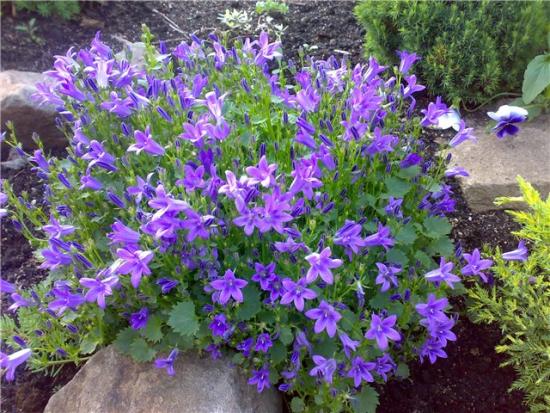
In the spring, after the soil has thawed, but before the flowering period begins, add ash and a small amount of rotted manure under the plants, no more than 0.5 kg per hundred square meters. At the beginning of summer, remove weeds and loosen the soil well. In dry summers, water very moderately; in rainy summers, avoid stagnation of water and provide drainage to drain excess moisture. Cut off the resulting seed pods until they open. Carefully remove dried flowers and peduncles after flowering. Despite its good frost resistance, it can be covered with spruce branches for the winter.
Alpine bellflower is resistant to many diseases, but if growing conditions are violated, it is affected by:
- Fusarium rot, which occurs when grown on acidic clay soils, must be treated with the drug “Topsin-M”, and if possible, replace the soil.
- Gray rot, when the soil is highly moist, affects the above-ground parts of the plant. Preventive measures - treatment with copper sulfate solution. If infected plants are identified, remove them from the site and treat the remaining bells with Euparen.
Unfortunately, we are currently being forced out of the gardens. Campanula alpine other, more aggressive and more accessible species:
- Carpathian bell
- a crowded bell
- border bell
You can buy alpine bell seeds or seedlings in special garden nurseries, find them in private collections, or order them online.
Admire the flowering of bluebells in the video:
Interesting information about the vegetable garden

